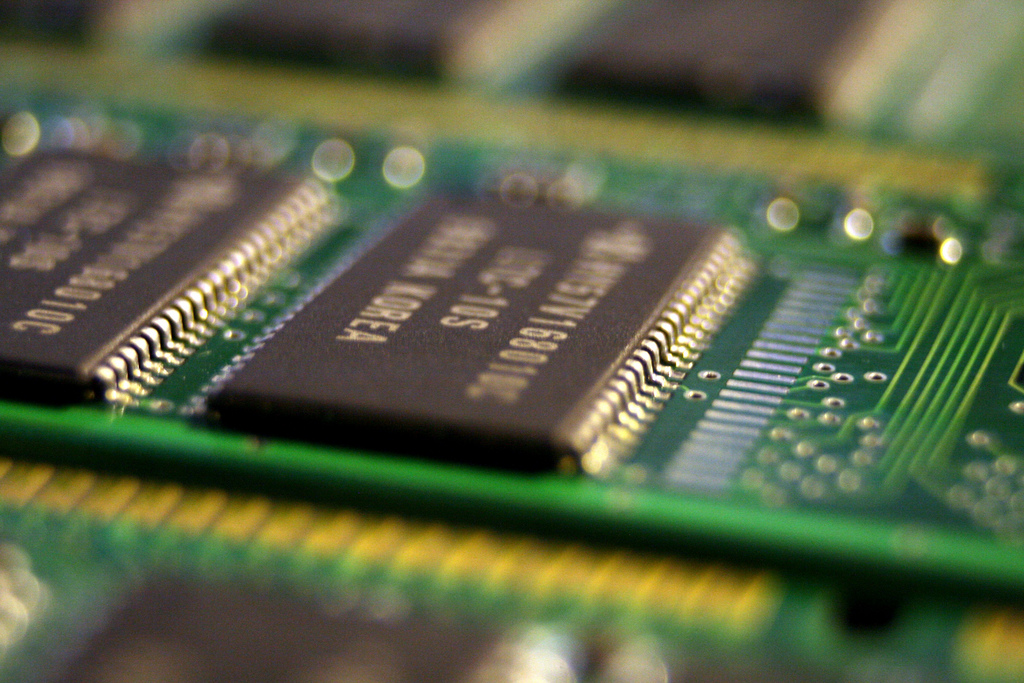Mind-Blowing Technologies That Have Influenced Industries
Admittedly, it’s impossible to list all the technological developments that have influenced and transformed our lives around the world in a single article, but we thought we’d give it a try to demonstrate the innovation and creativity that remains the lifeblood of the global economy.
Here, we delve deeper into some of the most mind-blowing technologies and creations, their humble beginnings and where they have taken industries into the 21st century.
Nuclear energy
Developed over many decades, nuclear energy was made possible after a German man named Roentgen discovered the X-ray. French scientists Marie Curie and husband, Pierre, studied the science behind the X-ray and found that a reaction between Polonium and Radium created this spontaneous energy which they promptly named radioactivity.
Fast forward half a century and Queen Elizabeth eventually opened the world’s first atomic power plant in London at Calder Hall in 1956.
Today, the United States relies on nuclear power plants for around a fifth of its energy, while in France, nuclear power stations generate up to three-quarters of the country’s electricity. It’s true that nuclear emergencies have led to protestations about the sustainability of this form of power, but we wait with baited breath as to whether the next half a century brings a safer alternative.
Roulette wheels
In its most primitive state, the technology for the roulette wheel was developed all the way back in the 17th century by French inventor, Blaise Pascal. Pascal sought to create a perpetual motion machine and the roulette wheel was viewed as a spin-off from his attempts to do so.
Pascal certainly had no plans to invent a new casino game, he was instead fixated on designing a machine that would operate without the need to draw energy from external sources. Back then, Pascal was unaware of the laws of physics which state this is categorically impossible, but his attempts gave rise to arguably the most popular casino game of all time.
Today, casino-lovers anywhere in the world can play online. Try 32Red casino or Online Betting NZ, for instance, which offers both European and American roulette – the latter of which not only has a single zero but a double zero included, slightly changing the odds.
Furthermore, live streaming technologies have made it possible for the likes of 32Red, Mansion Casino and William Hill to offer live roulette action to players with real croupiers to spin the wheel and engage with players via online chat boxes.
Personal computers
The computer age characterized the end of the 20th century and now dominates work and social life in the 21st century today. Today’s machines are a fraction of the size of the hulking machines that emerged from World War II, requiring vast teams of engineers to keep them running.
In essence, it was the development of the microprocessor which quickly paved the way for personal computers (PCs) to be possible. The man to thank for the creation of microprocessors – the size of thumbnails – to operate software and manage data is Ted Hoff, an engineer at Intel. From the build-your-own Altair microcomputers and the Apple I to today’s netbooks and tablet devices, personal computing devices have taken over the consumer world.
In the United States, 84% of households now own a personal computer, according to data from Pew Research.
The Internet
Nevertheless, there would be no online casinos and live roulette without the advent of the Internet. The concept of the internet was developed in the 1960s in the United States who saw the value in enabling computers to share data in both military and scientific fields.
In 1965, the inaugural dial-up connection was made between computers in California and Massachusetts. Email was developed in the early 1970s by a man named Ray Tomlinson and by the turn of the following decade, IBM mainframes were already being connected via the internet to transfer email discussion lists and build online communities.
The first intuitive user interface for accessing the internet was created in 1991 by the University of Minnesota. However, it was when Tim Berners-Lee and colleagues at the European Laboratory for Particle Physics demanded a better way to distribute data online that the concept of the World Wide Web was born, based on embedding links in texts to link to other texts/pages.
Today, the internet is home to more than 1.2 billion websites, surpassing one billion in September 2014, according to NetCraft’s October 2014 Web Server Survey and global e-commerce (online retail transactions) is now said to be worth $2.29 trillion dollars in 2017.
“DNA-Double-Helix through an electron mic” (CC BY 2.0) by quapanGenetic engineering
The direct transfer of DNA from one organism to another, genetic engineering was first achieved by Stanley Cohen and Herbert Boyer some 45 years ago. These American biochemists were among the first on the planet to cut DNA into pieces and reconnect them into different combinations, known as recombinant DNA technology.
The medical profession has been transformed by genetic engineering, with these techniques accelerating the ability to create bacteria capable of synthesising growth hormones, insulin, vaccines and other beneficial medical substances. Genetic diseases are also being challenged by removing dysfunctional DNA with properly functioning genes – arguably the most life-changing benefit to recombinant DNA technology.
Today, there are so many aspects of life that we take for granted that simply would not be possible without such technological advancements. These inventions and many more have transformed our way of life for the better. When you consider how far technology has evolved in the last 50 years, it’s genuinely exciting to consider the possibilities during the next half a century.


















